The holiday season brings with it a sense of joy, warmth, and togetherness, and no festivity captures this spirit quite like Christmas. But while the central theme of celebrating the birth of Jesus Christ remains consistent, the way Christmas is celebrated varies greatly across the globe. From unique customs to local traditions, the world’s Christmas celebration is as diverse as its cultures. This article takes a journey around the world to explore the kaleidoscope of Christmas traditions that make the season truly global.
Table of Contents
ToggleUnited States: Tradition Meets Innovation
In the United States, Christmas is celebrated with a mix of traditional and innovative elements. From the iconic Christmas tree adorned with lights and ornaments to carol singing, the U.S. holds onto many classic customs. However, the modern influence can be seen in the extravagant lighting displays, elaborate holiday parades, and the practice of “Secret Santa” gift exchanges. Families also often indulge in festive feasts, with roast turkey being a centerpiece of the Christmas dinner.

Germany: The Land of Christmas Markets
Germany is renowned for its picturesque Christmas markets, or “Weihnachtsmärkte,” which evoke a sense of nostalgia and wonder. These markets date back to the Middle Ages and are characterized by charming wooden stalls selling handmade crafts, ornaments, and delicious treats like gingerbread and mulled wine. The Christmas tree tradition is believed to have originated in Germany as well, and the country’s cities and towns are illuminated with twinkling lights during the holiday season.
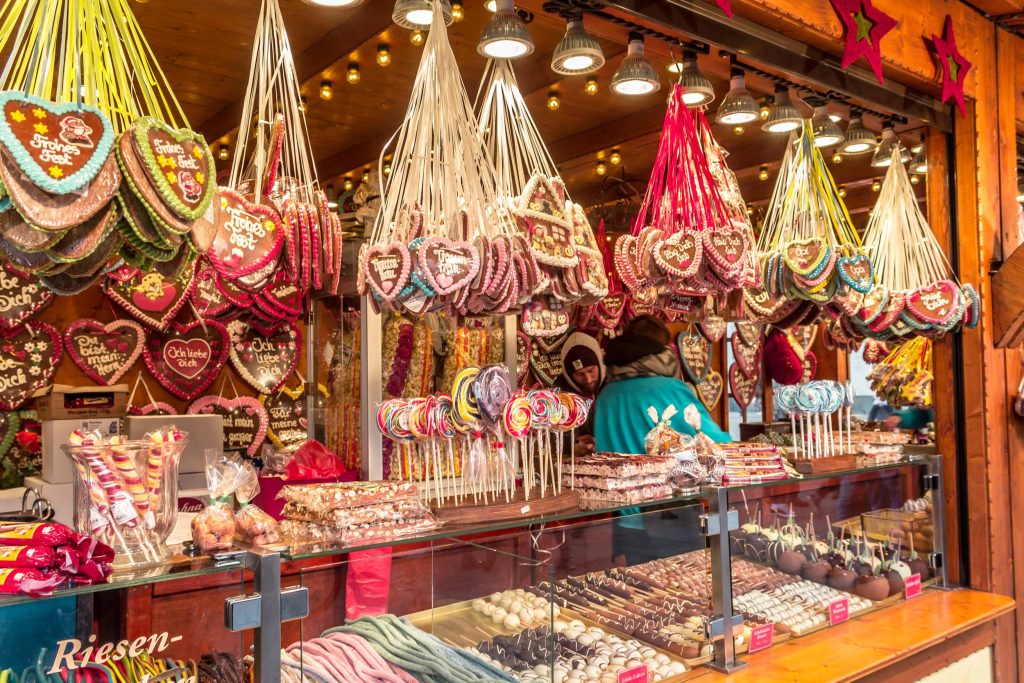
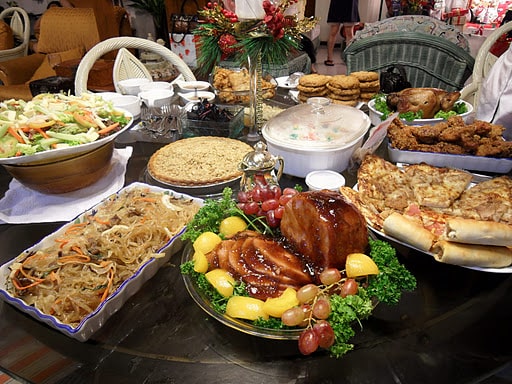
Mexico: Embracing Faith and Family
In Mexico, Christmas is a vibrant and deeply religious celebration. The nine-day period leading up to Christmas Eve is marked by the “Posadas,” a reenactment of Mary and Joseph’s search for a place to stay in Bethlehem. Families participate in processions, sing carols, and engage in festive meals. The centerpiece of the Christmas Eve feast is often “Nochebuena,” a midnight feast that includes traditional dishes like tamales and bacalao (salted codfish).
Japan: A Non-Religious Affair
In Japan, Christmas is not a national holiday and is largely viewed as a non-religious celebration. However, it’s embraced as a time for spreading joy and exchanging gifts. The holiday’s imagery, such as Santa Claus and Christmas trees, is widely recognized. People often enjoy a Christmas cake, usually a sponge cake adorned with strawberries and cream. Moreover, the act of giving gifts is prevalent, with a twist—KFC (Kentucky Fried Chicken) is associated with Christmas, and many Japanese families indulge in a “Christmas chicken” meal.
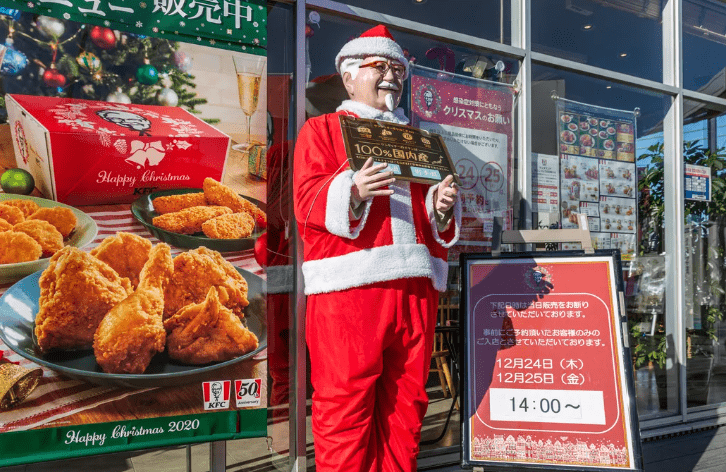
Ethiopia: Celebrating Ganna
In Ethiopia, Christmas is known as “Ganna” and is celebrated on January 7th, following the Julian calendar. The celebration involves a solemn church service that can last for hours, with worshippers wearing traditional white garments. Fasting plays a significant role leading up to Christmas, and the feast that follows is a time of joyous celebration. Injera, a sourdough flatbread, and doro wat, a spicy chicken stew, are common dishes served during Ganna.
Australia: Christmas Down Under
In the Southern Hemisphere, where Christmas falls during the summer months, traditions take on a unique twist. Australians celebrate with beach barbecues, outdoor picnics, and festive events. Carols by Candlelight gatherings, where people sing Christmas carols outdoors with candles, are a cherished tradition. The Christmas tree might be adorned with decorations that reflect the Australian landscape, such as koalas, kangaroos, and surfboards.

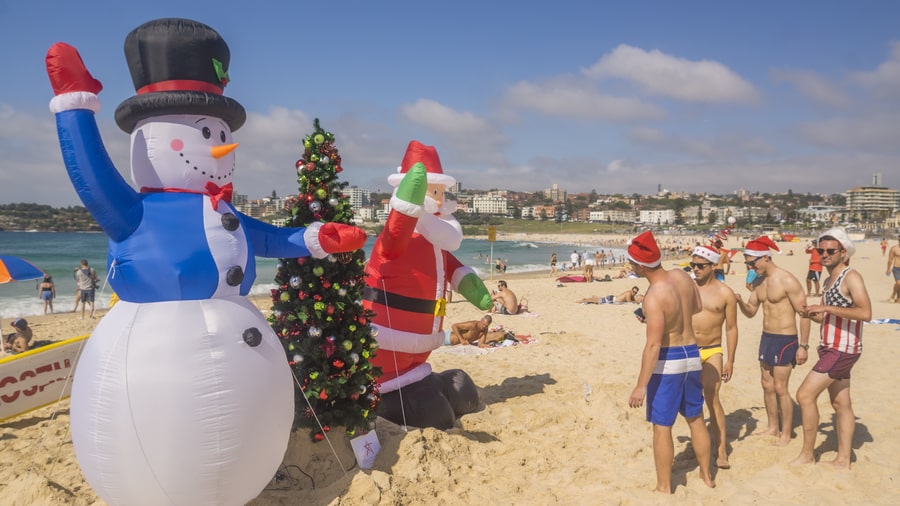
Sweden: A Feast of Lights
In Sweden, Christmas celebrations are closely tied to the concept of light during the darkest time of the year. The feast of “St. Lucia’s Day” on December 13th marks the beginning of the Christmas season. A procession of young girls, dressed in white robes and wearing crowns of candles, sing carols and bring light to homes and schools. The Swedish “Julbord” is a traditional Christmas buffet featuring dishes like herring, meatballs, and sausages.

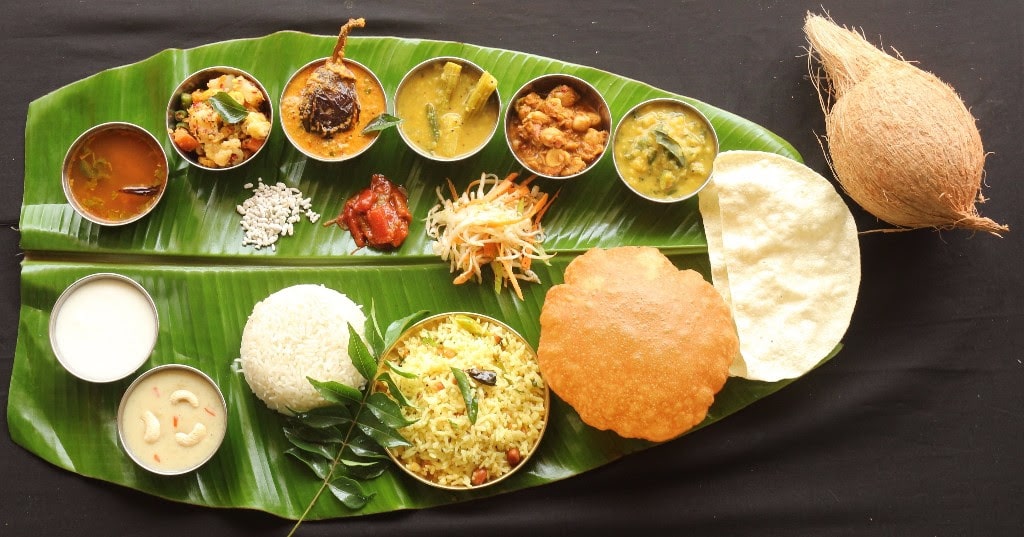
India: A Tapestry of Cultures
In India, Christmas is celebrated with great enthusiasm in regions with significant Christian populations. The customs vary based on local cultural influences. In Goa, a former Portuguese colony, the celebrations are marked by midnight Mass, vibrant processions, and intricate nativity scenes. In Kerala, the South Indian state, Christians participate in carol singing and enjoy a festive meal called “Sadya.” The diversity of Christmas celebrations in India showcases the country’s rich tapestry of cultures.
Brazil: A Carnival-like Affair
In Brazil, Christmas is celebrated with the same exuberance that characterizes its famous Carnival. While there are traditional elements such as nativity scenes and Midnight Mass, the festivities often spill out into the streets with music, dancing, and colorful parades. “Papai Noel,” the Brazilian Santa Claus, is often depicted wearing a summer outfit due to the country’s warm climate during the holiday season. The feast includes dishes like turkey, pork, and the sweet treat “Rabanada.”
Finland: Home of Santa Claus
Finland is proud to be the official home of Santa Claus, known as “Joulupukki.” The Santa Claus Village in Rovaniemi attracts visitors from around the world who come to meet Santa and experience the winter wonderland. Finnish Christmas traditions often involve saunas, which families enjoy before the Christmas Eve feast. The holiday season is also marked by the “Finnish Christmas Peace,” a tradition that dates back to the Middle Ages and promotes peace and goodwill.
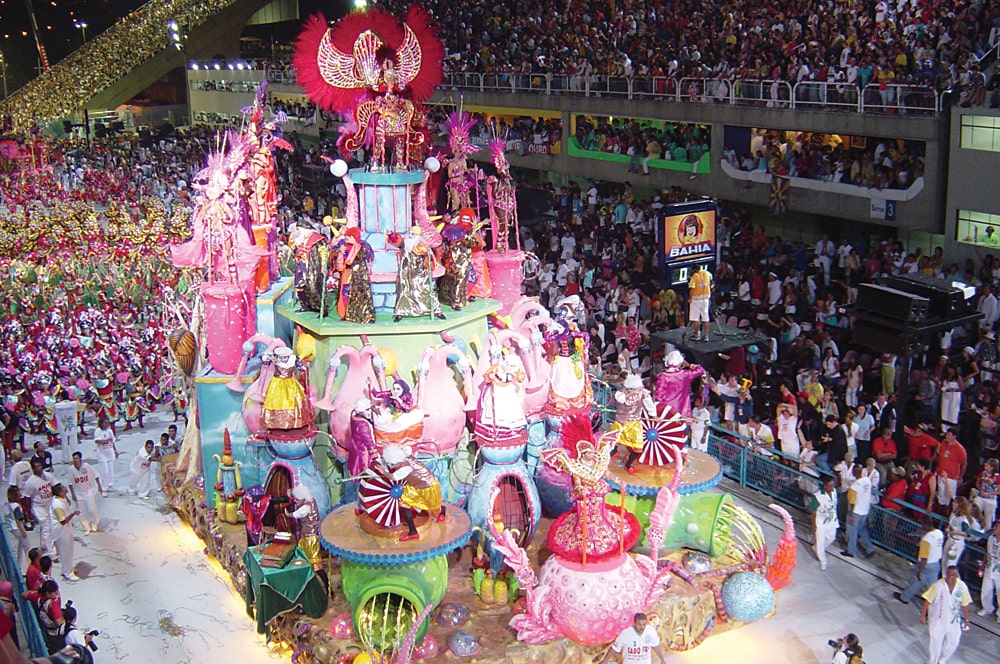

Conclusion: Unity in Diversity of Christmas Celebration
As we traverse the globe to explore the myriad ways Christmas is celebrated, one thing becomes clear—despite the differences, the underlying themes of love, family, and togetherness remain constant. From the solemn religious observances to the festive gatherings, each culture adds its own unique colors to the global Christmas canvas. These diverse celebrations remind us that while our traditions may vary, the spirit of the season unites us all in a shared sense of joy and harmony.


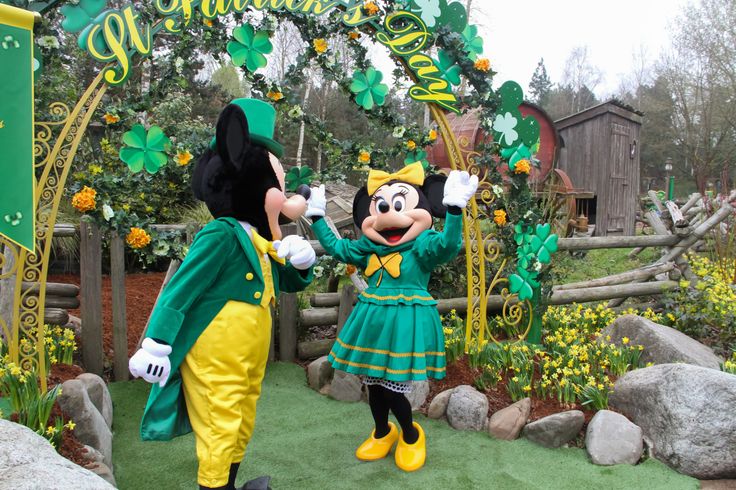












+ There are no comments
Add yours